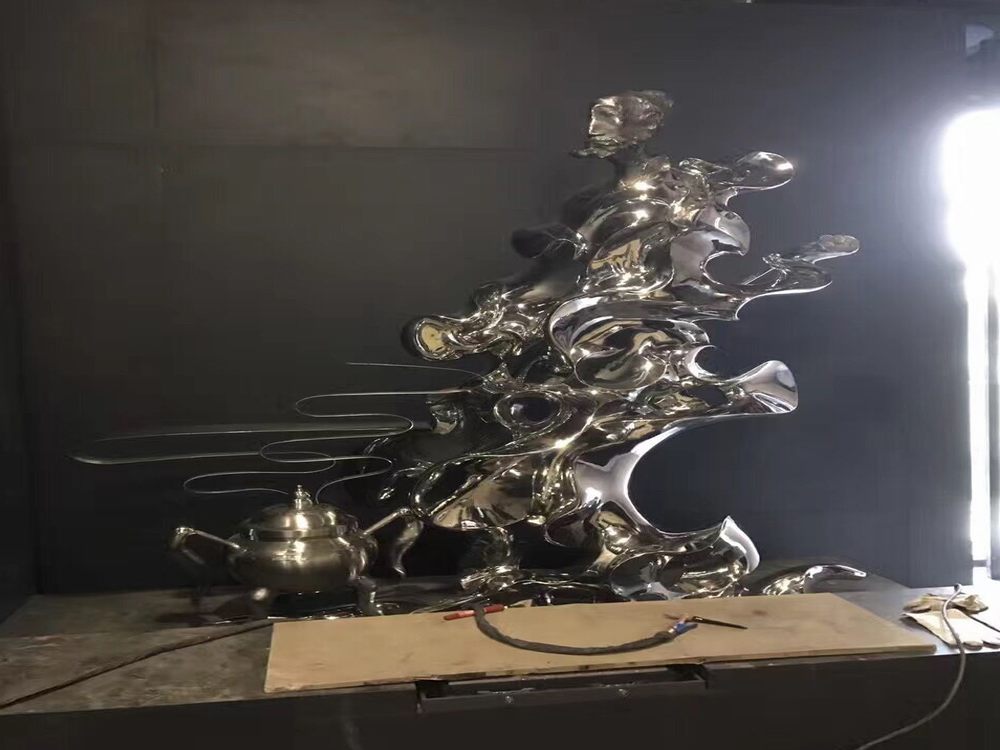
Metal sculptures in public spaces do more than just beautify the environment—they play a subtle yet significant role in influencing pedestrian traffic flow. These artistic installations act as both visual landmarks and physical barriers, guiding movement naturally while encouraging pauses for appreciation.
Large-scale metal sculptures often serve as focal points, drawing pedestrians toward them and creating organic gathering spots. Their placement can redirect foot traffic away from congested areas or toward underutilized sections of a plaza or park. The reflective surfaces of polished metal pieces also interact dynamically with sunlight, creating shifting visual cues that subconsciously affect walking patterns.
Strategic sculpture arrangements can:
1. Create natural pathways through open spaces
2. Slow down movement in high-traffic zones
3. Define boundaries without obstructive barriers
4. Encourage social interaction points
5. Improve wayfinding through distinctive landmarks
Urban planners increasingly collaborate with artists to design sculptures that complement traffic flow needs while maintaining aesthetic value. The most successful installations balance artistic expression with practical circulation benefits, proving that public art can be both visually striking and functionally purposeful in shaping how people move through shared spaces.

